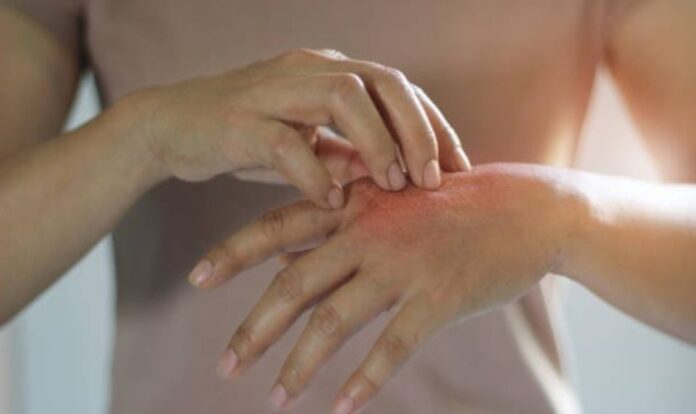Introduction:
With the arrival of the monsoon season, the earth rejuvenates, and everything turns lush green, bringing relief from the scorching heat of summer. However, this season also brings with it a host of health concerns, particularly fungal infections. The damp and humid conditions during the monsoon create an ideal breeding ground for fungi, making us susceptible to various fungal infections. In this article, we will explore four common fungal infections that tend to thrive during the monsoon and learn how to prevent and treat them effectively.
Athlete’s Foot (Tinea Pedis):
Athlete’s foot is a common fungal infection that affects the skin between the toes and the soles of the feet. It is highly contagious and spreads through contact with infected surfaces or by sharing personal items like towels and shoes. The moisture from rain-soaked footwear provides the perfect environment for the fungus to grow. Symptoms include itching, redness, cracking, and peeling of the skin. Keeping feet clean and dry, wearing breathable footwear, and using antifungal powders can help prevent and manage athlete’s foot.
Ringworm (Tinea Corporis):
Despite its name, ringworm is not caused by worms but by a fungus that infects the skin, leading to circular, red, and itchy rashes. The damp weather during the monsoon contributes to the rapid spread of ringworm. It can affect any part of the body and is highly contagious, passing through direct contact with an infected person or pet. Personal hygiene, avoiding contact with infected individuals or animals, and maintaining a dry environment can help prevent ringworm. Over-the-counter antifungal creams can be used for treatment, but severe cases may require prescription medication.
Fungal Nail Infections (Onychomycosis):
Fungal nail infections commonly occur during the monsoon due to increased exposure to moisture. The fungus enters through small cuts in the skin around the nail or through the opening between the nail and the nail bed. As the infection progresses, nails become discolored, thickened, and brittle. Proper foot and nail hygiene, avoiding tight shoes, and keeping nails short and dry are essential preventive measures. Treatment can involve topical antifungal medications, oral antifungal drugs, or in severe cases, surgical removal of the infected nail.
Candidiasis (Yeast Infections):
Candidiasis is a fungal infection caused by the Candida yeast, commonly affecting the skin, mouth, and genital areas. During the monsoon, the warm and moist environment can lead to an overgrowth of Candida, causing uncomfortable symptoms such as itching, redness, and white patches. Maintaining good personal hygiene, wearing loose-fitting clothes, and avoiding prolonged use of wet clothes can help prevent Candida infections. Antifungal creams, ointments, or oral medications are used for treatment, depending on the affected area.
Conclusion:
While the monsoon brings relief from the heat, it also presents a higher risk of fungal infections due to the damp and humid conditions. Being aware of these common fungal foes and taking necessary precautions can help protect us from these troublesome infections. Maintaining personal hygiene, keeping the skin dry, and wearing breathable clothing and footwear are simple yet effective measures to safeguard ourselves during this rainy season. If any fungal infection is suspected, it is crucial to seek medical advice promptly for accurate diagnosis and appropriate treatment. Stay informed, stay prepared, and enjoy the beauty of the monsoon without falling victim to its fungal challenges.


